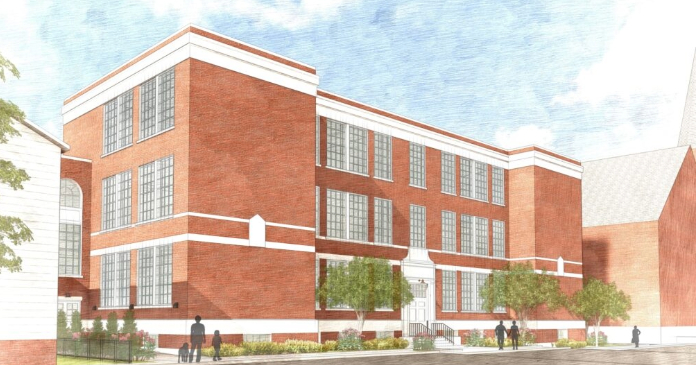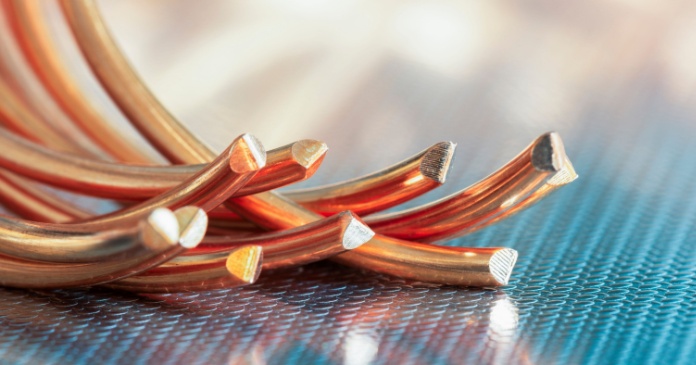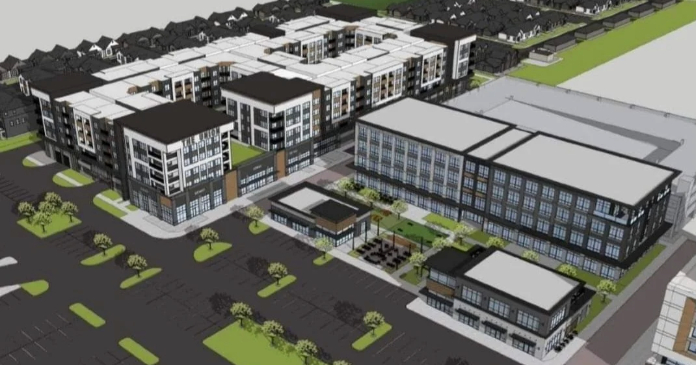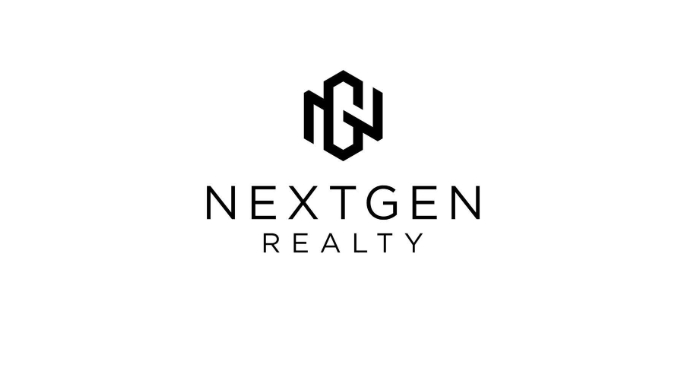With energy costs on the rise, apartment owners could save thousands of dollars each year by retrofitting laundry rooms with energy-efficient equipment.
A new study — commissioned by the state of Wisconsin and conducted by the U.S. Department of Energy contractor Pacific Northwest National Laboratory (PNL) — showed that apartment managers could save $960 a year on water and heating costs by retrofitting smaller laundry rooms with “Energy-Star”-rated commercial appliances.
The independent study provides a unique look at cost savings on higher-efficiency commercial laundry machines.
All consumer washing and drying machines are subject to federal appliance efficiency standards and are sold with the “Energy Star” label, anointed to appliances that meet certain resource conservation guidelines by the Department of Energy and the Environmental Protection Agency. But commercial machines aren’t subject to the same criteria, and most energy-savings information comes from the manufacturer, not an independent tester.
Energy Star-rated commercial washers are available, but they’re more expensive — about $500 more expensive, on average — than standard commercial machines, and there is confusion as to whether their efficiency justifies the added costs, says Graham Parker, a PNL research engineer, who worked on the study.
BUILDING A BETTER LAUNDRY ROOM
PNL studied a number of commercial machines that include the Energy Star rating — Maytag, Alliance Laundry and Whirlpool — as part of a demonstration of resource-efficient laundry rooms conducted by Wisconsin Focus on Energy program.
PNL observed the machines’ energy use over 18 months at three side-by-side apartment complexes in Lacrosse, Wis.
In each facility, the standard commercial washers and dryers were replaced with a variety of new Energy Star-rated commercial machines. PNL downsized the water heater from 100-gallon tanks to new, smaller 52-gallon and 80-gallon water tanks, because less water is needed for the higher-efficiency washing machines.
Light bulbs in each room were replaced with higher-efficiency fluorescent T-8 lamps that were sensor-controlled so that they would automatically turn off when the room was unoccupied. The higher-efficiency lighting costs the same as standard lighting and can be bought off the shelf almost anywhere, Parker says.
The upfront costs to retrofit each laundry room with energy-efficient equipment was $1,350 more than it would have been to put in new standard equipment, he adds. However, the benefits were immediate.
According to conservative estimates, the new machines saved $350 a year in gas and water bills. That estimate is based on the washing machines being used on average 1.5 times each day. But the industry average for laundry equipment use in apartment communities is four wash cycles a day, which would have saved the Wisconsin owners roughly $960 a year.
For communities with laundry use near that industry average, the payback on energy-efficient equipment would come in less than two-years, Parker says.
“It’s got to be a two-year or less payback or apartment owners don’t want to invest,” Parker says.
Of course, the savings vary from region to region.
Parker says that in some states, like California, managers who integrate such efficiency into their laundry rooms save more money on water than electricity or natural gas, whereas in Wisconsin, the biggest savings came on electricity.
Savings vary from machine to machine, as well, according to the study. Parker says front-loading machines, where the drum is essentially tipped on its side, use 60 percent less water than standard top-loading machines — and less water usage means less energy needed to heat the water.
The study also found that there was no savings when it came to dryers — a result of the coin-operated transaction model under which they function.
“The amount of coins put in dictates the drying time, rather than how fast the drying time is,” Parker explains, adding that PNL is talking to manufacturers in an effort to have them re-calibrate drying times for efficient coin-op machines.
The study comes as states start to focus on ways to bring down energy use.
Some states are beginning to offer property owners incentives to switch to higher-efficiency laundry equipment.
In 2007, the state of California will become the first state to require that all industrial laundry equipment sold within its boundaries be energy-efficient.
In the meantime, local gas and electric companies have begun offering their own incentives to Laundromat operators and property managers. In Northern California, Pacific Gas & Electric is offering $300 rebates to owners for Energy Star-compliant washing machine upgrades and an additional $300 rebate for water-heating equipment upgrades.
The program also provides upgrades to laundry-room lighting for free.
In Southern California, Parker says water and energy utility companies are working together to offer an incentive program for owners of multifamily housing to get them to upgrade to energy-efficient machines.
And after completing its study, Wisconsin started a rebate program to entice property owners to make the upgrade. However, a state budget shortfall killed the initiative.
A full copy of the report is available from Pacific Northwest National Laboratory. Visit www.pnl.gov for more information.
Author: Jennifer Netherby















